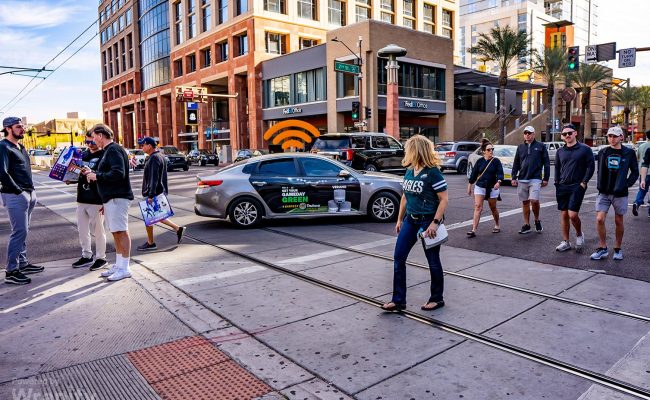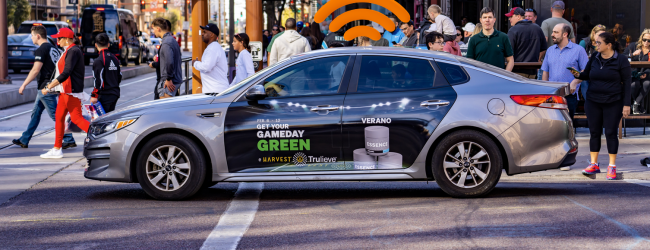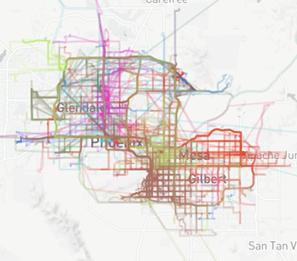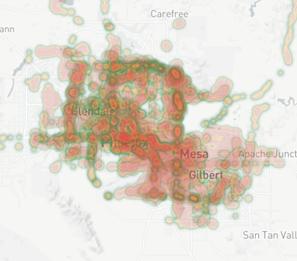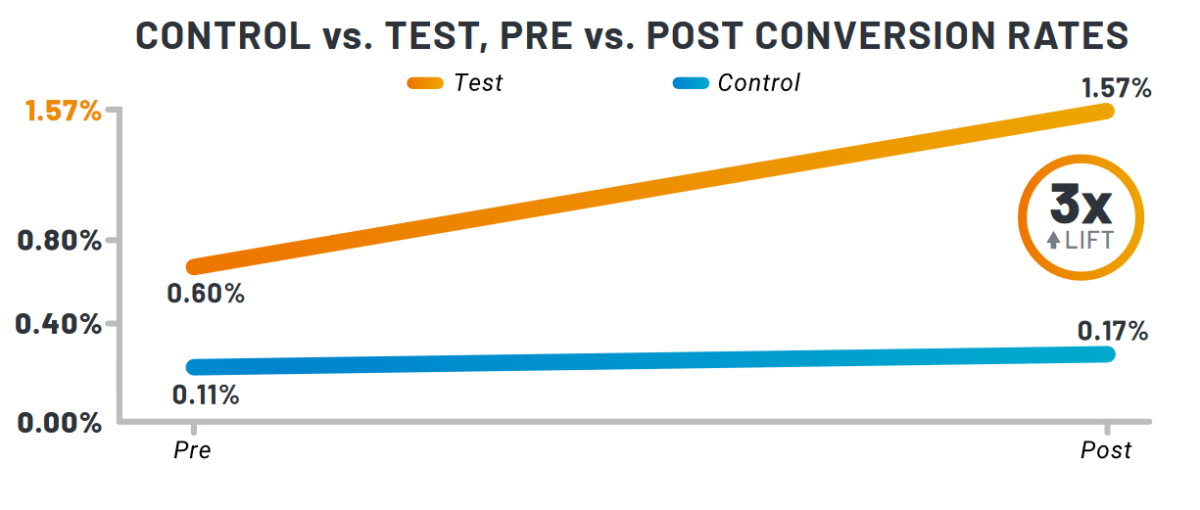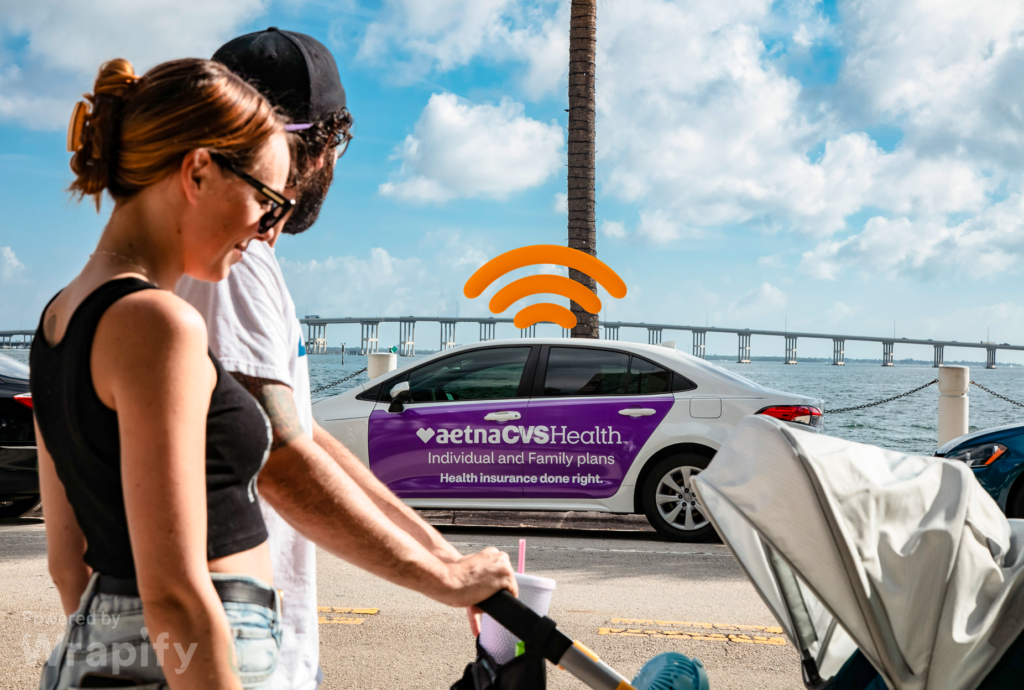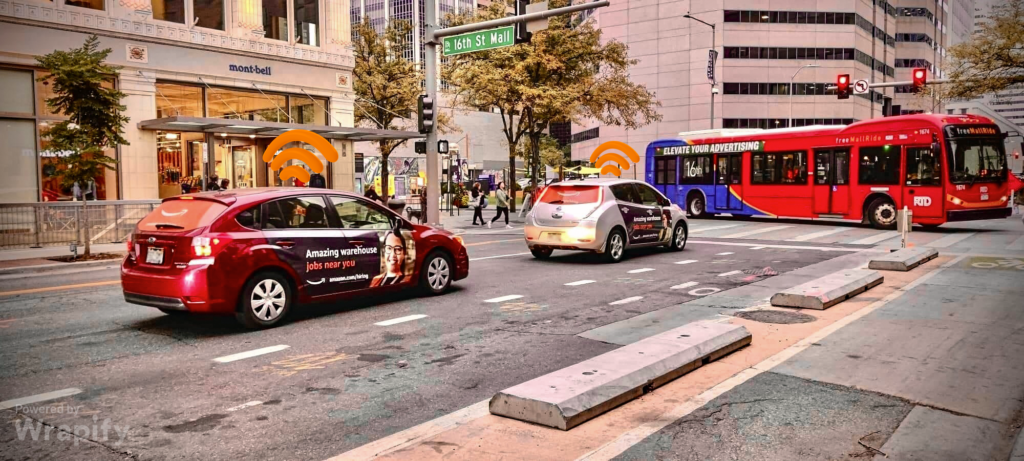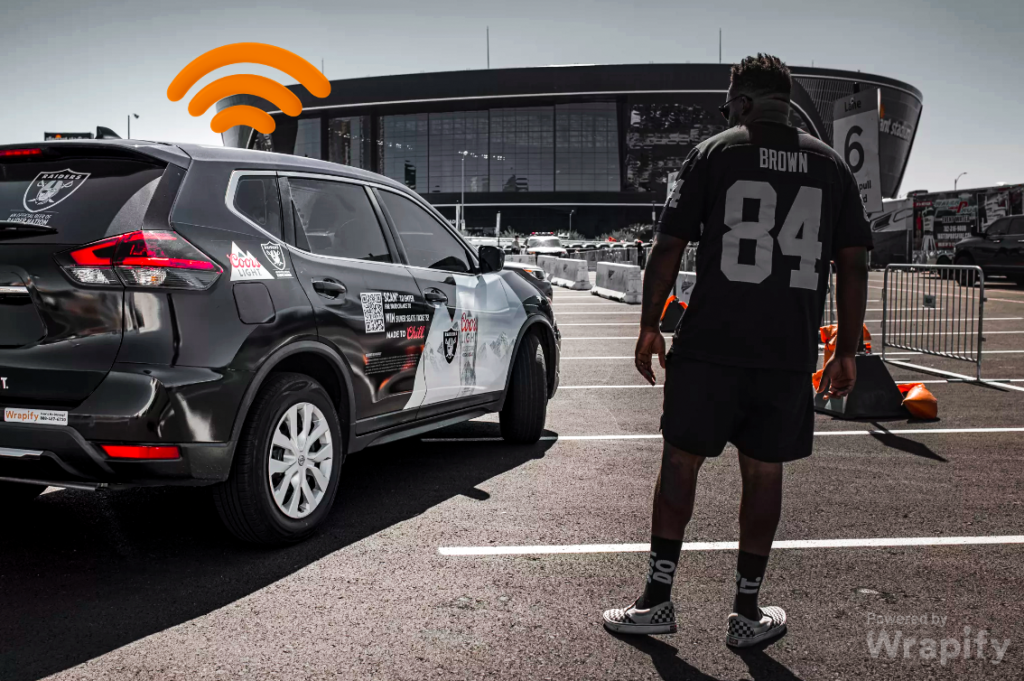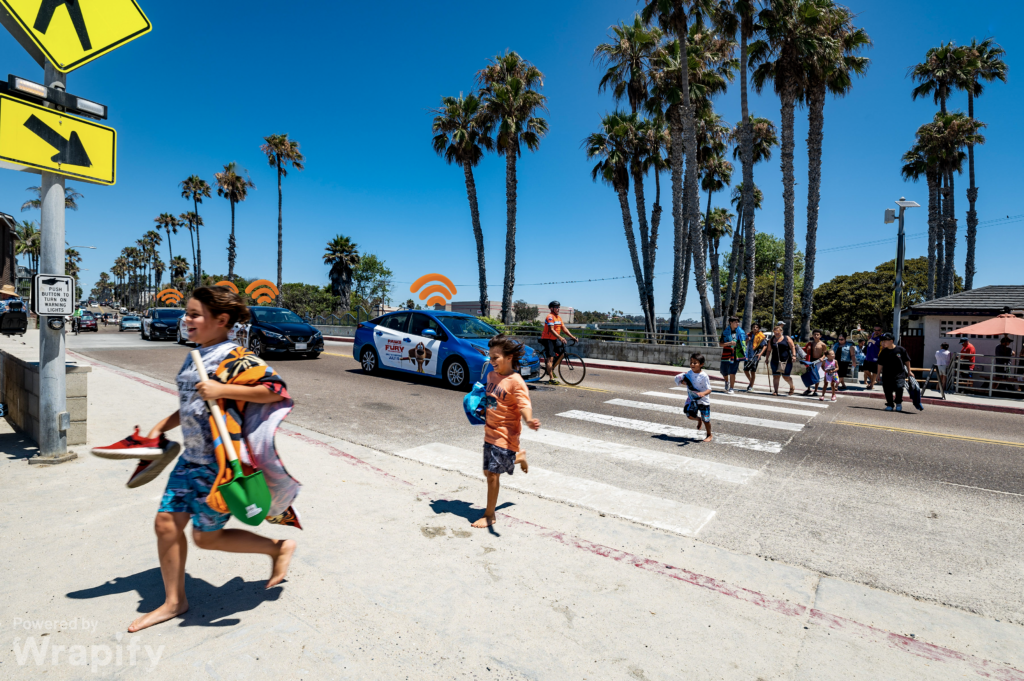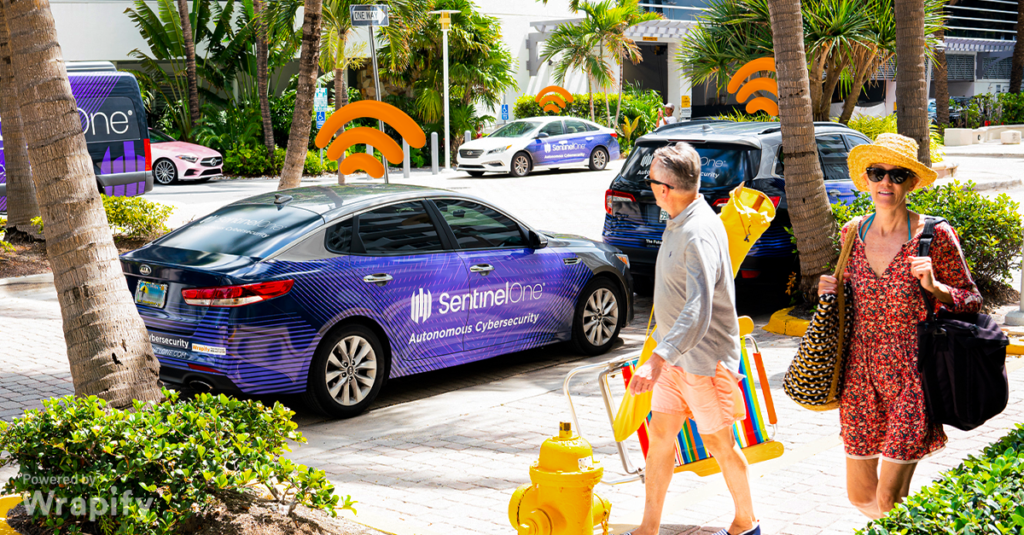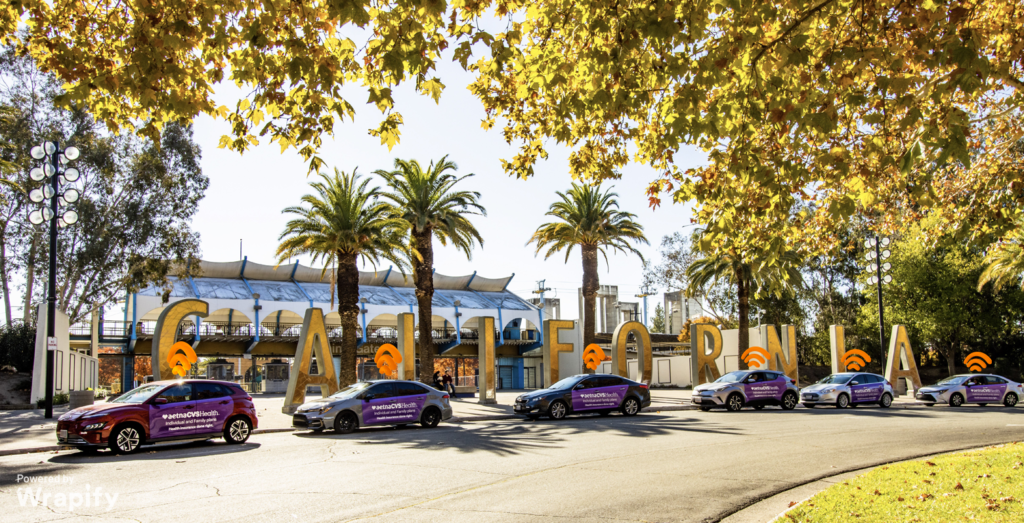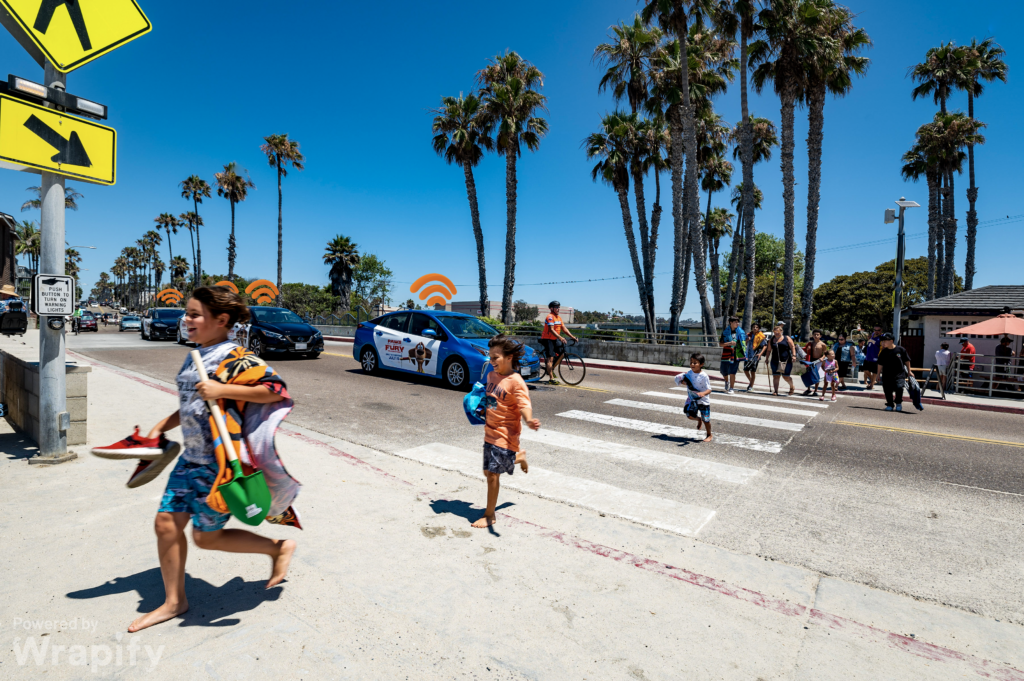Each spring, March Madness captivates sports enthusiasts with its thrilling college basketball action. With the Final Four held in Houston this year, Hooters, known for its combinations of sports, food, and entertainment, aimed to boost its presence among the many establishments competing to provide the ideal atmosphere for fans to enjoy the games.
Hooters’ Strategic Partnership with Wrapify
Recognizing the need to extend its brand presence to the heart of the action, Hooters strategically collaborated with Wrapify to integrate an out-of-home (OOH) layer into its marketing mix. This partnership aimed to reach audiences in locations that traditional media channels couldn’t easily penetrate.
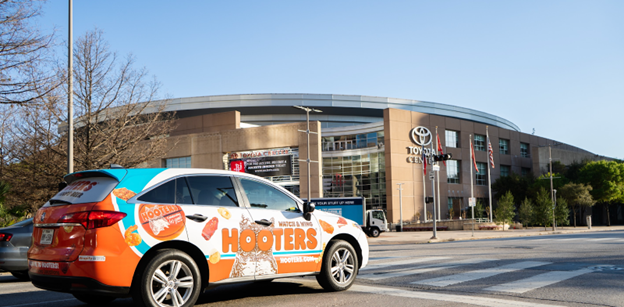
Impressive Results
During a four-week period, Wrapify’s fleet of rideshare advertising vehicles effectively utilized Wrapify SWARM hours to strategically travel across the Houston area. This approach resulted in a remarkable total of 34,847,589 impressions, surpassing the estimated amount by seven times. The campaign achieved a noteworthy reach and impact with an estimated effective cost per thousand impressions (CPM) of approximately $1.
Driver Routes and Heat Maps
By employing intelligent driver routes, Wrapify ensured optimal exposure to the target audience. The campaign’s success can be attributed to Wrapify’s ability to strategically position their vehicles, leading to an extensive network of impressions throughout Houston. Driver routes and heat maps further showcased the campaign’s comprehensive coverage, reaching a diverse range of viewers.

Driver Routes

Heat Maps
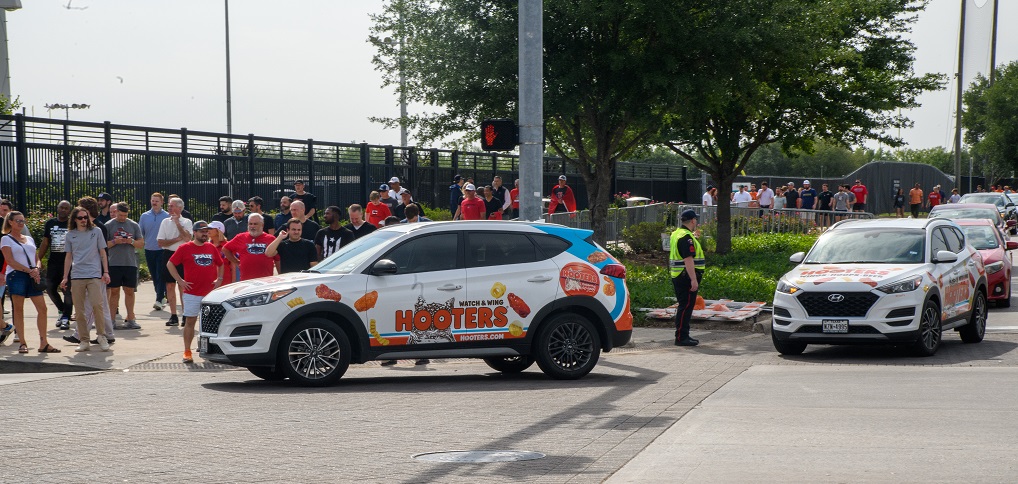
Measurement of Impact
In addition to delivering impressive impressions and CPM rates, Wrapify partnered with Reveal Mobile to measure the campaign’s impact on foot traffic to 12 Hooters locations in the Houston area. By combining data from the Wrapify Driver App’s Waypoint logs with location information from opted-in mobile devices, Reveal Mobile analyzed a sample of unique Mobile Ad IDs (MAIDs) within a viewable distance (~50ft) of Wrapify vehicles. The data revealed an overall positive and statistically significant Net Lift, with Wrapify-exposed individuals being 51% (or 1.5x) more likely to visit a Hooters location compared to the control group.
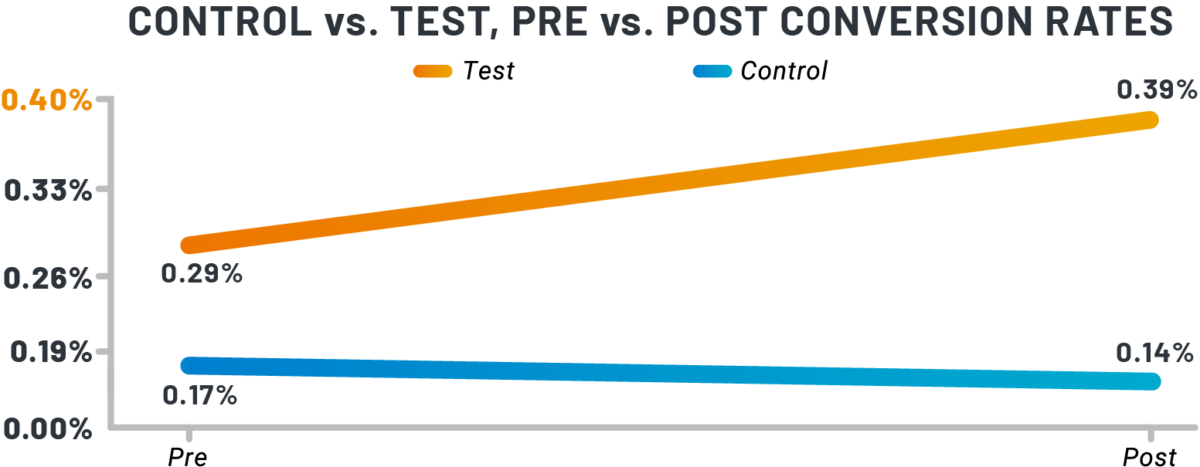
The Power of Rideshare Vehicle Advertising
This successful partnership between Wrapify and Hooters exemplifies the effectiveness of incorporating rideshare vehicle advertising into an OOH marketing strategy. By seamlessly integrating with Wrapify’s platform, Hooters maximized its brand exposure, outshining competitors and attracting March Madness fans to their ultimate viewing destination.




